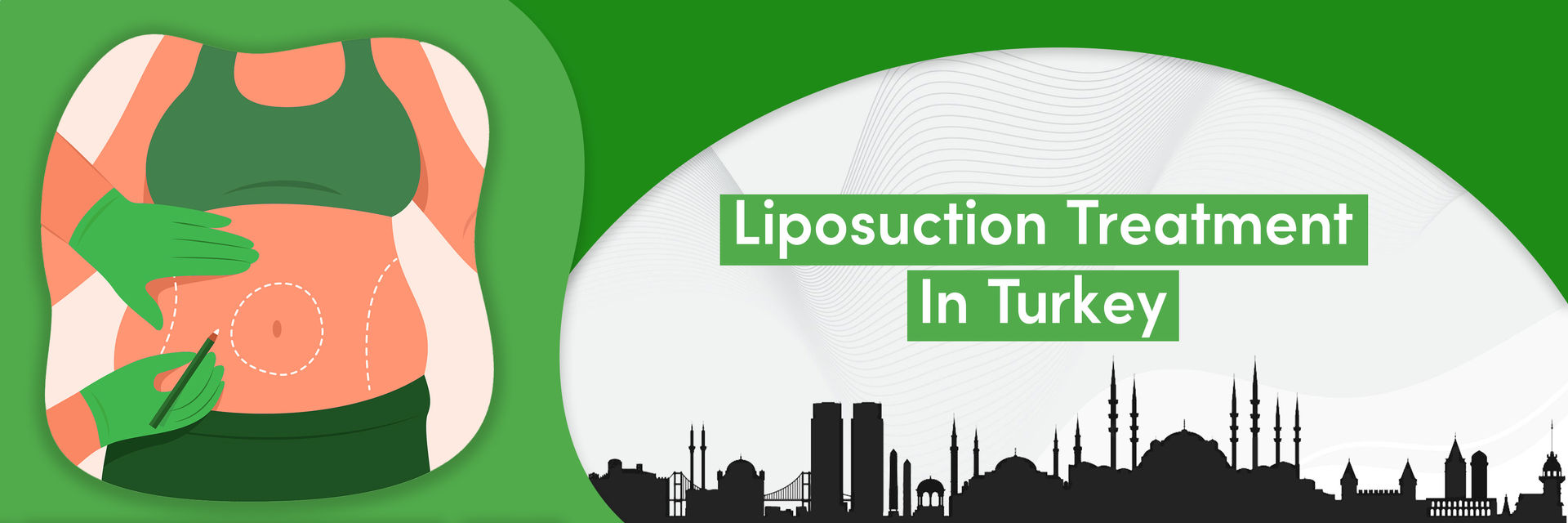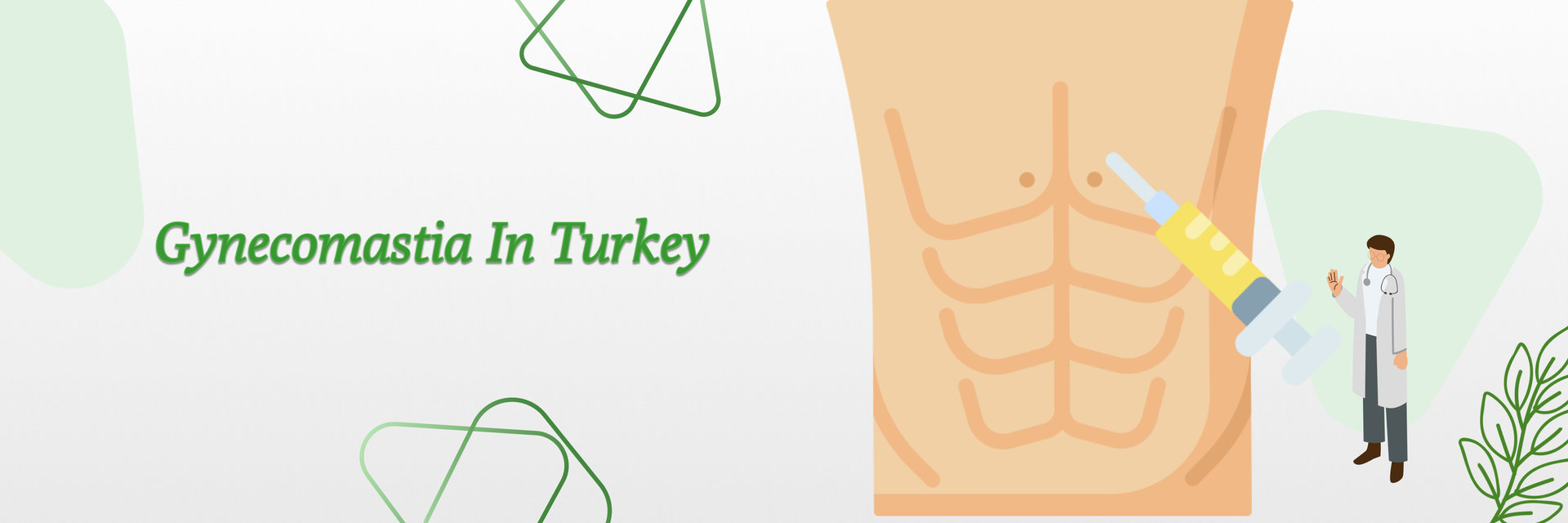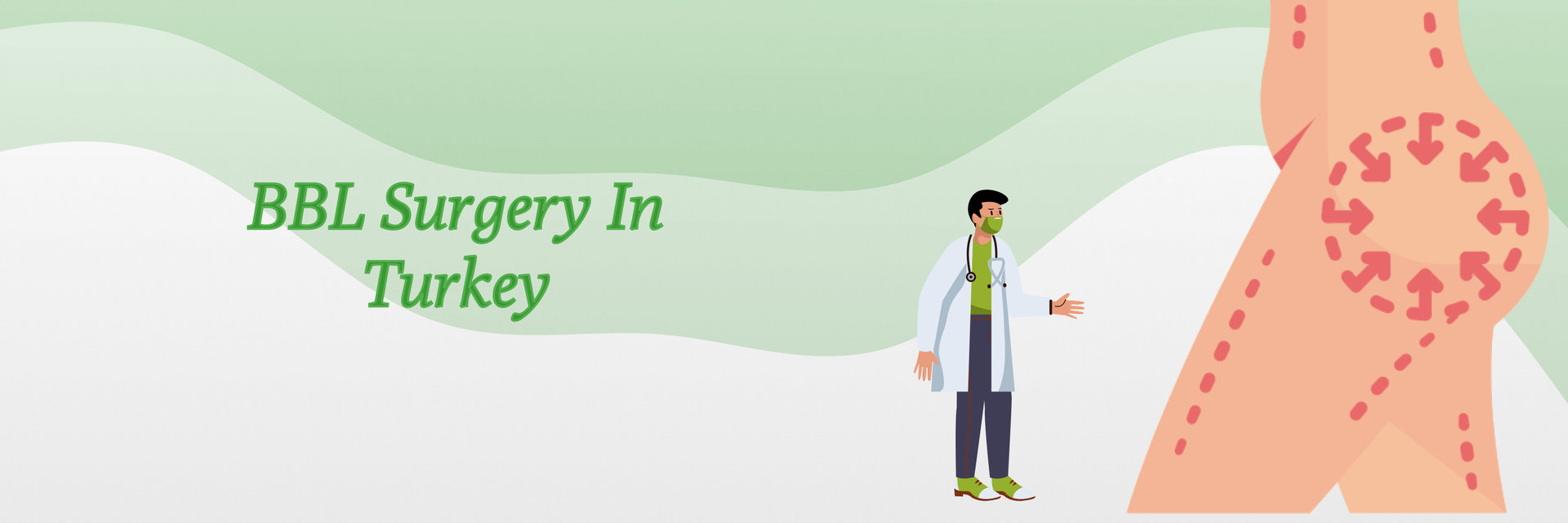Overview
Breast reconstruction after cancer aims to restore the breast to as close to its natural appearance as possible. This can help women feel more comfortable and confident about their bodies. If you are considering breast reconstruction after cancer, discussing your options and the potential risks and benefits with your surgeon is essential. Also check for the best cancer hospitals in the world.
There are two main breast reconstruction types: immediate and delayed reconstruction. Immediate breast reconstruction after a mastectomy for cancer is performed at the same time as the mastectomy. The delayed reconstruction is usually performed after the patient has completed treatment for cancer.
For those who are wondering about the cost of breast cancer treatment in India, you need to know that the costs can vary depending on the type of reconstruction surgery chosen.
Read along to know why a surgery after cancer could be important.
Why do people choose breast reconstruction after cancer?
Breast reconstruction after cancer can be an important step in the physical and emotional recovery process for many women who have undergone a mastectomy after cancer. It is a surgical procedure that involves the removal of the breast and can be a physically and emotionally traumatic experience. Breast reconstruction can help restore the appearance of the breast and help women feel more comfortable and confident in their bodies after the cancer surgery.
So, finding the right plastic surgeon to perform breast reconstruction can be crucial for recovery process after breast cancer treatment. There are many plastic surgeons available in different cities in India like Mumbai, Ahmedabad, Chennai, Bangalore, Pune, Hyderabad
Wondering if a breast reconstruction surgery be performed at the same time as a mastectomy?
According to Krista Elkins, a Registered Nurse (RN) and Paramedic (NRP),
Breast reconstruction surgery can be performed at the same time as a mastectomy. It is prevalent for these surgeries to be performed at the same time. While a woman’s newly reconstructed breasts may not be the same as the ones she had before her mastectomy, many women have reported that it is less traumatizing to ‘wake up’ after a mastectomy with breasts, rather than nothing but scars where her breasts used to be.
Are you looking for the benefits of surgery?
Breast reconstruction after cancer can have many benefits. Some of the potential benefits of breast reconstruction surgery include the following:
- Improved self-esteem and body image: Breast reconstruction can help restore a sense of femininity and self-confidence by recreating the breast's natural appearance.
- Improved physical comfort: Breast reconstruction can help alleviate physical discomfort caused by the absence of breast tissue, such as the feeling of weight or pressure on the chest.
- Symmetry: Breast reconstruction can help restore symmetry to the chest by recreating a breast on the side of the body where a mastectomy was performed.
- Clothes fit better: Breast reconstruction can help clothes fit better by recreating the natural contours of the breast, which can be particularly helpful for women who prefer form-fitting clothing.
- Emotional well-being: Breast reconstruction can positively impact emotional well-being by helping women feel more comfortable and confident in their bodies.
It is important to note that breast reconstruction is a personal decision, and not all women will choose to undergo this surgery. It is important for you to consider your own goals and priorities and discuss your options with your plastic surgeon before deciding about breast reconstruction.
Chances of recurrence of cancer in a reconstructed breast
The risk of recurrence of cancer in a reconstructed breast is lower than the risk of recurrence in an unaffected breast. However, it is important to note that even with reconstruction, the risk of cancer recurrence may be higher than in an unaffected breast. Discussing the risks and benefits of reconstruction with your doctor is important.
There is a small chance of cancer recurrence in a reconstructed breast, but this risk is generally considered low. It's important to note that breast cancer reconstruction does not increase the risk of cancer recurrence.
Cancer recurrence in a reconstructed breast can vary depending on the type of reconstruction performed, the patient’s individual risk factors, and the type of cancer.
Cancer recurrence can occur in any body part, including the reconstructed breast. However, the risk of cancer recurrence in the reconstructed breast is generally considered low because the cancer cells removed during the original mastectomy should also have been removed during the reconstruction process.
It's important to note that reconstructive surgery for breast cancer is not a substitute for cancer treatment and should not be used to prevent cancer recurrence. Women undergoing breast reconstruction should still follow their recommended cancer screening and follow-up care. This includes mammograms and other imaging tests to detect any potential cancer recurrence as early as possible.
Suppose you have undergone breast reconstruction after mastectomy for breast cancer and are concerned about the risk of cancer recurrence. In that case, discussing your concerns with a qualified healthcare provider is important. They can provide you with more information about the risks and help you develop a plan for ongoing cancer surveillance and follow-up care.
Let’s dive deep into the information you’re looking for!
Types of breast reconstruction that can be considered after cancer
A few types of breast reconstruction can be performed after a mastectomy, a surgical procedure to remove breast tissue. These types of reconstruction can be performed using breast implants, autologous tissue (tissue from the patient's body), or a combination of both.
1. Implant-based reconstruction: This type of reconstruction uses
- silicone or
- saline breast implants
It’s used to recreate the shape of the breast. Both types of implants have their own benefits and drawbacks; the best option for you depends on your circumstances. The implants may be placed behind the chest muscle or in front of it, depending on the patient's individual needs and preferences. It may be an effective way to restore the appearance of the breast after a mastectomy, but it is not suitable for everyone. Check out the cosmetic and plastic surgery hospitals and the cost of Plastic Surgery in India and Turkey.
- According to a 2020 survey by the Plastic Surgery Foundation, over 75% of plastic surgeons who responded reported performing implant-based reconstruction after cancer.
- The survey also revealed breast reconstruction was the most common reconstructive procedure. Of the implant-based reconstruction procedures, silicone and saline were the most commonly used implants.
- Additionally, the survey showed that most plastic surgeons are highly satisfied with the results of implant-based reconstruction after cancer.
2. Autologous tissue reconstruction: This type of reconstruction uses the patient's own tissue, typically from the abdomen, buttocks, or inner thigh, to recreate the breast mound. This type of reconstruction requires multiple surgeries and may have a longer recovery time than implant-based reconstruction.
It is an attractive option for many cancer patients as it is considered safe and has a lower risk of complications than other reconstructive techniques, such as implants or prostheses. The use of autologous tissue reconstruction for cancer patients is becoming increasingly popular due to its potential benefits, such as
- Improved aesthetic outcomes
- Better quality of life,
- Improved psychological well-being.
- Lower risk of infection
- Shorter recovery time compared to other reconstruction techniques.
- According to a study published in the journal Plastic and Reconstructive Surgery in 2017, autologous tissue reconstruction is becoming increasingly popular for treating cancer.
- The study looked at data from more than 4,000 patients who underwent reconstructive surgery from 1988 to 2015. The study found that autologous tissue reconstruction was used in 32.6% of cases in 2015, compared to only 15% in 1988.
- This is a significant increase of more than 17%. The study also found that autologous tissue reconstruction was more likely to be used in cases of breast cancer (45.7%).
3. Hybrid reconstruction: This type of reconstruction combines implants and autologous tissue to recreate the breast. This approach may be used if the patient does not have enough healthy tissue available to use for autologous reconstruction.
- Used to help restore form and function to the body after cancer treatment.
- The technique combines two or more different reconstructive techniques to achieve the best possible outcome for the patient.
- The techniques may include but are not limited to tissue expansion, flap reconstruction, implants, and microsurgical techniques.
- The goal is to provide the patient with a natural-looking and functional outcome that meets their individual needs and preferences.
As per the research, hybrid reconstruction after cancer has improved patient satisfaction and quality of life.
Factors affect breast reconstruction
A woman’s individual characteristics, such as
-Age
-Body size
-Breast and chest size
-Medical history
It can significantly impact her breast reconstruction options and the outcome of her procedure. Younger women may have better skin elasticity, allowing them a more natural-looking reconstruction.
A woman’s body size, including her breast and chest size, will also affect the type of reconstruction best suited for her body. Women with a larger chest may need a different type of reconstruction than those with a smaller chest. They can also opt for breast reduction surgery as it is possible for a women to undergo breast reduction surgery and breast reconstruction after cancer treatment.
Additionally, a woman’s medical history may impact her eligibility for certain types of reconstruction, such as implants or autologous tissue transfer. Finally, a woman’s lifestyle factors, including whether she smokes or has a history of cancer, can also influence the outcome of her breast reconstruction.
How to determine what type of breast reconstruction is best for you?
It is advisable to discuss your options for breast reconstruction and the best breast cancer treatment hospitals in India with your breast surgeons. They will be able to provide you with information about the different types of breast reconstruction and help you determine which option is best for you based on your individual circumstances and goals. Not all women can go for any type of breast reconstruction. For those looking for the best doctor for breast cancer treatment in India, it's important to research and ask for recommendations from other survivors and medical professionals.
According to Krista Elkins, a Registered Nurse (RN) and Paramedic (NRP),
Awareness of the potential risks and side effects of breast reconstruction surgery after a mastectomy is essential. All surgeries have risks, including infection, blood clots, swelling, and pain. Specifically to breast reconstruction, possible complications include loss of breast and nipple sensation and problems with the implant itself, including rupture, leakage, and scar tissue. Rarely, the development of a very rare type of cancer that starts from the scar tissue of a mastectomy may occur.
It’s necessary to consider the factors such as your health, the size and shape of your breasts, the amount of skin and tissue available for reconstruction, and your personal preferences when determining which reconstruction method is best for you.
Is breast reconstruction after cancer permanent or not?
Breast reconstruction after cancer is generally considered a permanent procedure, although it is not uncommon for revision surgery to be needed at some point. The longevity of the reconstruction will depend on the specific type of reconstruction that was performed, as well as factors such as the
- patient's age
- overall health and
- the quality of the tissue used in the reconstruction.
Implant-based reconstruction using silicone or saline implants may last for many years. Still, the implants may eventually need to be replaced due to changes in the shape or size of the breast or due to complications such as leakage or rupture.
In general, autologous tissue reconstruction is considered to be a more durable and long-lasting option than implant-based breast reconstruction. This is because the tissue used in the reconstruction is the patient's own tissue, less likely to rupture or leak than a breast implant. But it is still not considered permanent. The quality of the reconstructed breast may change over time due to factors such as aging, weight changes, or other changes in the body.
It's important to discuss breast reconstruction's potential risks and benefits with your plastic surgeon who is experienced in this type of surgery to determine which option is best for you and to understand the potential need for revision surgery in the future.
Risk factors of getting breast reconstruction after cancer
Breast reconstruction after cancer carries certain risks and complications, like any surgical procedure. Some potential risks and complications of breast reconstruction include:
1. Age: Younger women are better candidates for breast reconstruction than older women.
2. Type of breast cancer: Certain types of breast cancer may be more suitable for reconstruction than others.
3. Treatment plan: The type of surgery and other treatments used to remove the cancer may affect the success of breast reconstruction.
4. Overall health: A healthy body before cancer treatment can help ensure a successful reconstruction.
5. Location of tumor: A more complex reconstruction may be necessary if the tumor is located in certain areas of the breast.
6. Available tissue: The amount of remaining natural tissue can affect the possible reconstruction type.
7. Smoking: Smoking can increase the risk of complications after reconstructive surgery.
8. Weight gain: Rapid weight gain or weight loss can affect the shape of the reconstructed breast.
9. Previous radiation: Radiation therapy may make it more difficult to reconstruct the breast.
10. Family history: A family history of cancer may increase the risk of complications after reconstruction.
Recovery Time for Breast reconstruction after cancer
During this time, patients are advised to avoid strenuous activity and to keep their incision area clean and dry.
Additionally, follow-up visits with a surgeon or other medical professional may be necessary to ensure that the reconstruction process is progressing properly.
In some cases, additional surgeries may be necessary to refine the reconstruction further.
Pre & Post Care Guidelines of Breast reconstruction after cancer
Pre-surgery care:
- Consult with a qualified plastic surgeon: It's important to consult with a qualified cosmetic & plastic surgeon, such as a plastic surgeon or reconstructive surgeon, to discuss the potential risks and benefits of breast reconstruction surgery.
- Get a medical evaluation: Your doctor may recommend that you undergo a medical evaluation to ensure that you are in good physical health and that you do not have any medical conditions that could increase the risk of complications during or after surgery.
- Stop taking certain medications: Your surgeon may recommend that you stop taking certain medications, such as blood thinners or herbal supplements, in the weeks leading up to surgery to reduce the risk of bleeding.
- Follow your healthcare provider's instructions: Your doctor will provide you with specific instructions to follow before surgery, such as not eating or drinking after a certain time the night before surgery. It's important to follow these instructions carefully to ensure the best possible outcome.
Post-surgery care:
The average time it takes to recover from a breast reconstruction procedure is approximately four to six weeks. Depending on the type of reconstruction surgery, physical therapy may be necessary.
1. Follow your doctor's instructions: Your doctor will provide specific instructions for caring for your surgical wound and managing any discomfort or pain you may experience after surgery. It's important to follow these instructions carefully to ensure the best possible outcome.
2. Take medications as prescribed: Your surgeon r may prescribe pain medications or other medications to help you manage discomfort or prevent infection after surgery. It's important to take these medications as directed.
3. Get plenty of rest: It's important to get plenty of rest after surgery to allow your body to heal. This may mean taking time off work or other activities to focus on your recovery.
4. Avoid strenuous activities: It's important to avoid them, such as lifting heavy objects or exercising, until your doctor permits you to resume them.
5. Attend follow-up appointments: It's important to attend all appointments with your healthcare provider to ensure your recovery is progressing as expected.
It's important to note that every individual's recovery process is different. The specific care guidelines you should follow after breast reconstruction surgery will depend on your circumstances and needs. Discussing your specific post-surgery care plan with your plastic surgeon is important.
Reference:
https://www.canceraustralia.gov.au/cancer-types/breast-cancer
https://my.clevelandclinic.org/health/treatments
https://www.medicalnewstoday.com/
https://www.plasticsurgery.org/







